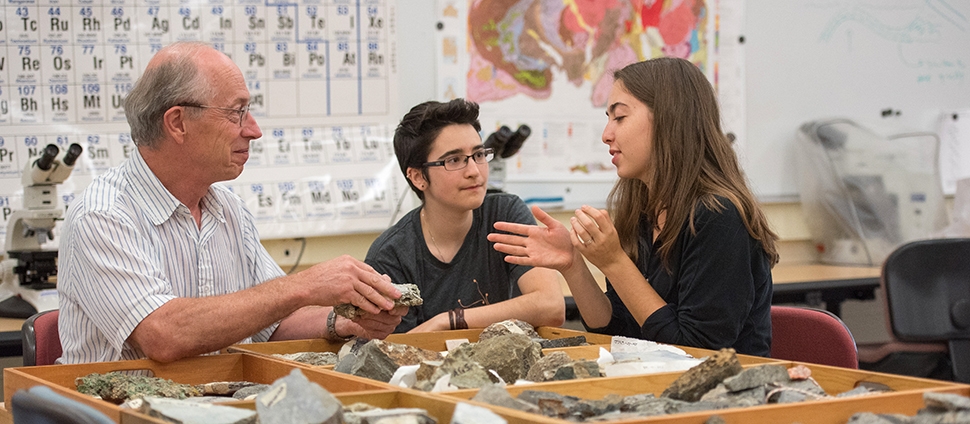Author ORCID Identifier
Sarah E. Mazza: 0000-0001-8091-1186
Richard M. Gaschnig: 0000-0001-8762-5748
Roberta L. Rudnick: 0000-0003-1559-7463
Document Type
Article
Publication Date
4-1-2024
Publication Title
Geochimica et Cosmochimica Acta
Abstract
Tungsten (W) stable isotope data for twenty-four composites made from the fine-grained matrix of glacial diamictites, deposited between the Mesoarchean and the Paleozoic, as well as two Archean tonalite-trondhjemite-granodiorites (TTG) are used to refine the W isotope compositions (expressed as δ186W deviations from the NIST 3163 W standard) of the upper continental crust (UCC). To do this we evaluate W isotope fractionation in the diamictites as the result of both magmatic and low-temperature processes. The δ186W values of the diamictites are heterogeneous (0.017 ± 0.011 ‰, 2SE to 0.182 ± 0.007 ‰, 2SE), encompassing the range of previously published values for igneous rocks. We find that δ186W correlates positively with the diamictite's chemical index of alteration (CIA), a measure of the degree of chemical weathering in the provenance, suggesting that the continental regolith (i.e., surface material composed of weathered residues) is isotopically heavy for W. Since W in rivers and ocean water is also isotopically heavy, this suggests that equilibration with Fe-Mn-oxides controls the W isotope composition of surface waters and that such oxides are not important constituents of the regolith, whose W is likely accommodated in clays. Using diamictites with low CIA (<60, n = 9), we calculate an average δ186W of 0.046 ± 0.036 ‰ (2SD) for the UCC, from 2.3 to 0.3 Ga. This average is combined with the TTG data of this study, as well as data from the literature for upper crustal rocks to obtain a representative δ186W value of the UCC of 0.046 ± 0.046 ‰ (2SD). The W stable isotope composition of the UCC is lighter than that of mantle-derived melts (MORB and OIB, with an average δ186W = 0.082 ± 0.026 ‰, 2SD), and much lighter than the weighted average δ186W of intra-oceanic arcs (δ186W = 0.104 ± 0.052 ‰, 2SD), though the spread in the arc rocks is large. The significant difference in δ186W between average intra-oceanic island arc lavas and UCC is intriguing given that continental crust is thought to form primarily via arc magmatism. This difference suggests that not all modern intra-oceanic arcs are representative of those that formed the continental crust. Rather, only arcs that are enriched in incompatible trace elements, which also tend to have lighter W isotope compositions, may have been involved in making new continental crust. Alternatively, there may have been a secular change in the W isotope composition of arc magmas.
Keywords
Chemical weathering, Glacial diamictites, Tungsten isotopes, Upper continental crust
Volume
370
First Page
161
Last Page
172
DOI
10.1016/j.gca.2024.01.009
ISSN
00167037
Creative Commons License

This work is licensed under a Creative Commons Attribution 4.0 International License.
Rights
2024 The Authors
Version
Version of Record
Recommended Citation
Mazza, Sarah E.; Gaschnig, Richard M.; Rudnick, Roberta L.; and Kleine, Thorsten, "Tungsten Stable Isotope Composition of the Upper Continental Crust" (2024). Geosciences: Faculty Publications, Smith College, Northampton, MA.
https://scholarworks.smith.edu/geo_facpubs/220


